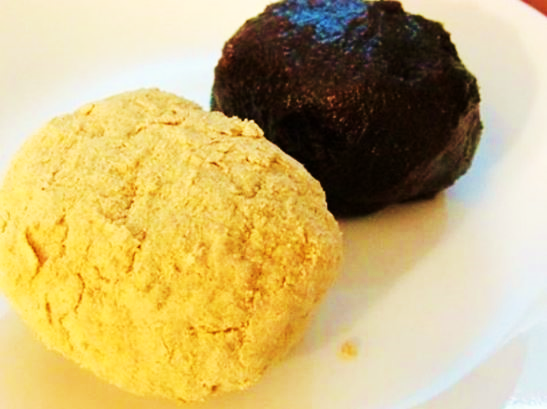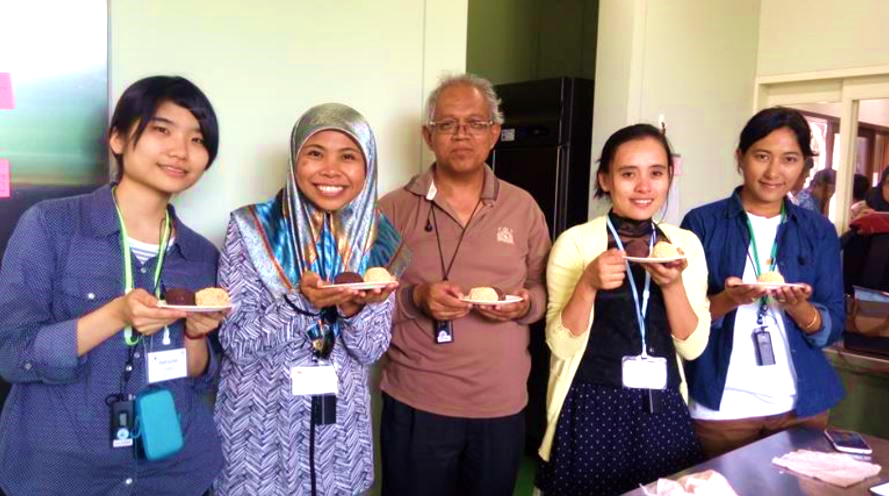“Ohagi” experience @ Japan
JAPANESE FOODS
14.09.2018
Japanese foods were known for its healthy, nutritious, delicious and tempting foods, ranging from raw foods to cooked one. To be able to eat a variety of Japanese foods is kind an indelible dream come true experience. My food experience in Japan was an astonishing as their countrymen and as pleasing as the places in Japan. It was my very first time to eat Japanese foods and it’s really delicious and worth to taste again and again. One of the unique delicacy in Japan that I was able to eat and mostly had a chance to make it is the “Ohagi”.

Fig. 1. Ohagi
“Ohagi” , the Japanese sweet rice dumpling. It is a Japanese delicacy composed with sweet sticky rice and sweet azuki (red bean) paste. It is termed as “Anko Ohagi”, Red Bean Paste Ohagi, if red bean paste is being covered to the sticky rice and “Kinako Ohagi”, Soybean Flour Ohagi, if soy beans flour made from soy beans were use. In Japanese food culture, Ohagi is usually made around Equinox season or a day when day and night are the same length. It is believe that people made Ohagi to give thanks to the spring harvest and to show their appreciation for the autumn harvest. It is also believed that red color of azuki paste protects someone from evil spirits and bad luck. On the other hand, people also bring Ohagi to their ancestor’s grave and ask their ancestors to protect them.

Fig.2. Our “Ohagi” making experience at the OSHII AGRI FACTORY
Making “Ohagi” is somewhat a stress relieving and relaxing activity. For “Anko Ohagi” it is done by gently pressing the red bean paste unto once palm, flatten to expand its size and right enough to cover the rounded sticky. For the “Kinako Ohagi” it is done in reverse manner the rounded red bean paste serves as filling. The rounded red bean paste is then covered with the flattened sticky rice then covered with soy bean flour. I really enjoy the experience of making “Ohagi” and eating it. Two piece “ohagi” was enough to full my craving tummy, perhaps I can say that it is a nutritious delicacy, because it already contains on it a carbohydrate (sticky rice) and protein (soy beans) source. I can say that “ohagi” is as sweet as the values and manner of Japanese people.




